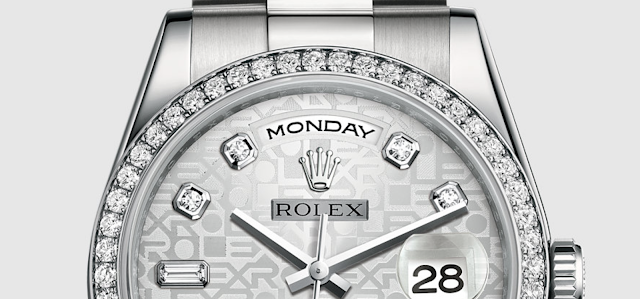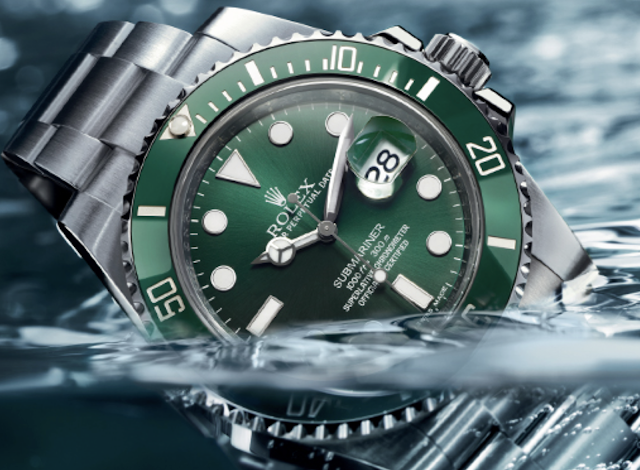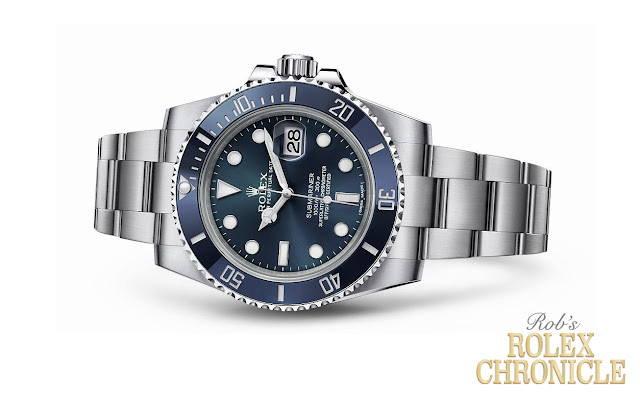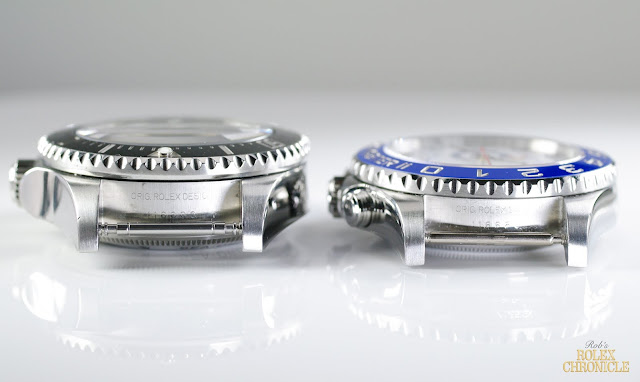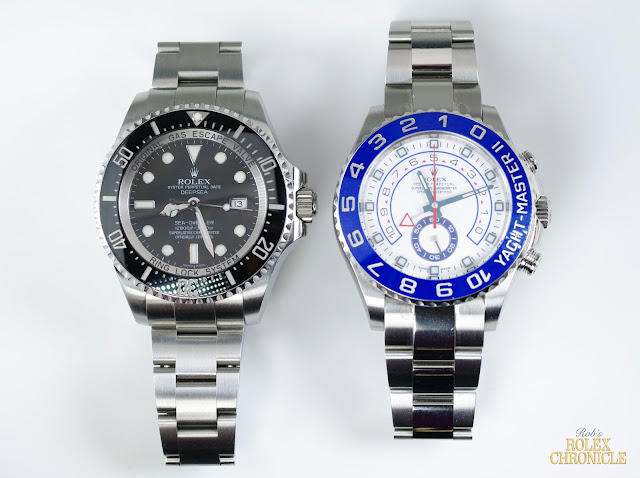When browsing Rolex models online, it is difficult to tell the difference in case sizes based on photos of the watches without a basis for comparison. Those who are more familiar with luxury timepieces will have a better idea of a watch's relative size based on the diameter of the case than someone who is shopping for their first Rolex. In order to give you a better idea of how different models measure up, I have photographed the watchmaker's largest professional stainless steal watch cases side by side to illustrate the differences in their relative sizes.
In the photo above I placed the Explorer II's 42mm case to the left, the Deepsea's 44mm case in the middle and the Yacht-Master II's 44mm case on the right. While they are both 44mm in diameter, the Deepsea's is Rolex's largest case based on its height. The thickness of the case is due in part to the Ringlock case architecture that was developed to increase the Deepsea's depth rating to 3,900 meters. The case of the Yacht-Master II is thicker than that of the Explorer II, which sits the lowest on the wrist.
 |
| Rolex Explorer II (42mm), Deepsea (44mm) and Yacht-Master II (44mm) |
 |
| Rolex Yacht-Master II 44mm case on left, Submariner Date's 40mm case on right |
 |
| Rolex Explorer II 42mm case on left, Submariner Date 40mm case on right |
In the above photo, I placed the Submariner to the right of the Explorer II. As you can see, when compared to the Sub's 40mm case you can better appreciate the size of the 42mm Exp2 case. It is slightly larger and thicker, but not enough to dwarf the Submariner's case like the Deepsea's case does in the photo below. Another thing to keep in mind is that a 40mm case is by no means considered small based on classical standards. In the mid-twentieth century, the average watch case measured between 34mm to 36mm. It is only in the past couple decades that average case sizes have gone up to 39mm-40mm.
 |
| Rolex Deepsea 44mm case on left, Submariner Date 40mm case right |
When dealing with a few millimeters of difference between cases, it can be difficult to imagine how big or small one watch case is in comparison to another. However, once you've seen these photos you can understand why many people warn those with smaller wrists to stay away from models like the Deepsea. Ultimately, it is still wise to check them out in person so that you can have an idea of how each one looks on your wrist before making a purchase decision. You may love the aesthetic of a watch with a large case, but it may not work for you from a practical standpoint, so it's best to figure that out before coming to a final purchase decision.
- July 29, 2016
- 4 Comments




















